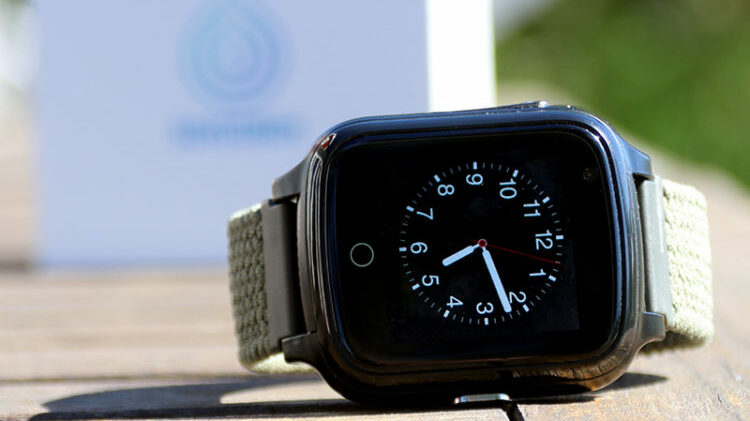What Is a TIA Attack?
When the body sends out warning signals, it is wise to listen. A TIA attack, or transient ischemic attack, is a temporary disruption of blood flow to the brain that must be taken very seriously.
TIA is sometimes called a “mini-stroke” because its symptoms resemble those of a stroke. However, unlike a full stroke, the symptoms of a TIA disappear within minutes to a few hours. Still, this does not mean everything is fine — a TIA is a major warning sign that the risk of a larger stroke or other serious brain and vascular issues has significantly increased.
What Happens in the Body During a TIA?
During a TIA, blood flow to part of the brain is temporarily blocked, often by a small clot. Without oxygen and nutrients, brain function can become impaired, causing various symptoms depending on the affected brain region. Even when blood flow returns and symptoms resolve, microscopic damage can still occur.
Common Symptoms of TIA
-
Sudden numbness or weakness in the face, arm, or leg, particularly on one side of the body
-
Confusion or difficulty speaking and understanding speech
-
Vision problems in one or both eyes
-
Dizziness, balance issues, or lack of coordination
-
Sudden, severe headache with no known cause
Because symptoms often resolve quickly, many people ignore them. However, it is critical to seek medical attention immediately — a TIA is a medical emergency.
TIA as a Risk Factor for Stroke and Dementia
About one-third (around 30%) of people who experience a TIA will suffer a full stroke if no preventive treatment is started [1]. The risk is particularly high within the first few days and weeks after a TIA, underscoring the importance of a quick diagnosis and treatment.
However, TIAs are not only associated with strokes. Research shows that individuals who have had a TIA are twice as likely to develop dementia compared to those without a history of TIA [2]. This risk is especially related to vascular dementia, which is caused by damage to the brain’s blood vessels after repeated episodes of oxygen deprivation.
Each TIA can injure brain cells, even if symptoms vanish quickly. Over time, repeated TIAs can impair the brain’s ability to process information, remember details, and plan activities. This cognitive decline can eventually lead to dementia symptoms such as memory loss, reduced concentration, and slower thinking [3].
Preventive Measures
Recognizing a TIA and seeking emergency care can save lives and prevent severe complications. Post-TIA treatment may include blood thinners, blood pressure management, and lifestyle changes such as quitting smoking, regular exercise, and a healthier diet.
By taking TIAs seriously, we can reduce the risk not only of stroke but also of future dementia.
A personal alarm that can be triggered at any time
Sensorem’s personal alarm can automatically trigger the alarm in the event of a fall and then automatically call relatives using the watch’s built-in speakerphone with two-way communication. The user can also trigger the alarm manually by pressing the physical alarm button. The personal alarm works outdoors and has built-in GPS positioning so that relatives can see the user’s position on a map in the Sensorem app.
SENSOREM’S PERSONAL ALARM CAN INCREASE SAFETY AFTER A STROKE
Sources:
[1] Easton JD, Saver JL, Albers GW, et al. “Definition and Evaluation of Transient Ischemic Attack: A Scientific Statement for Healthcare Professionals.” Stroke, 2009;40(6):2276-2293. DOI: 10.1161/STROKEAHA.108.192218
[2] Allan LM, Rowan EN, Firbank MJ, et al. “Long-term incidence of dementia, predictors of mortality and pathological diagnosis in older stroke survivors.” Brain, 2011;134(12):3713-3724. DOI: 10.1093/brain/awr273
[3] Pendlebury ST, Rothwell PM. “Risk of recurrent stroke, other vascular events and dementia after transient ischemic attack and stroke.” Cerebrovascular Diseases, 2009;27(1):1-11. DOI: 10.1159/000186501

